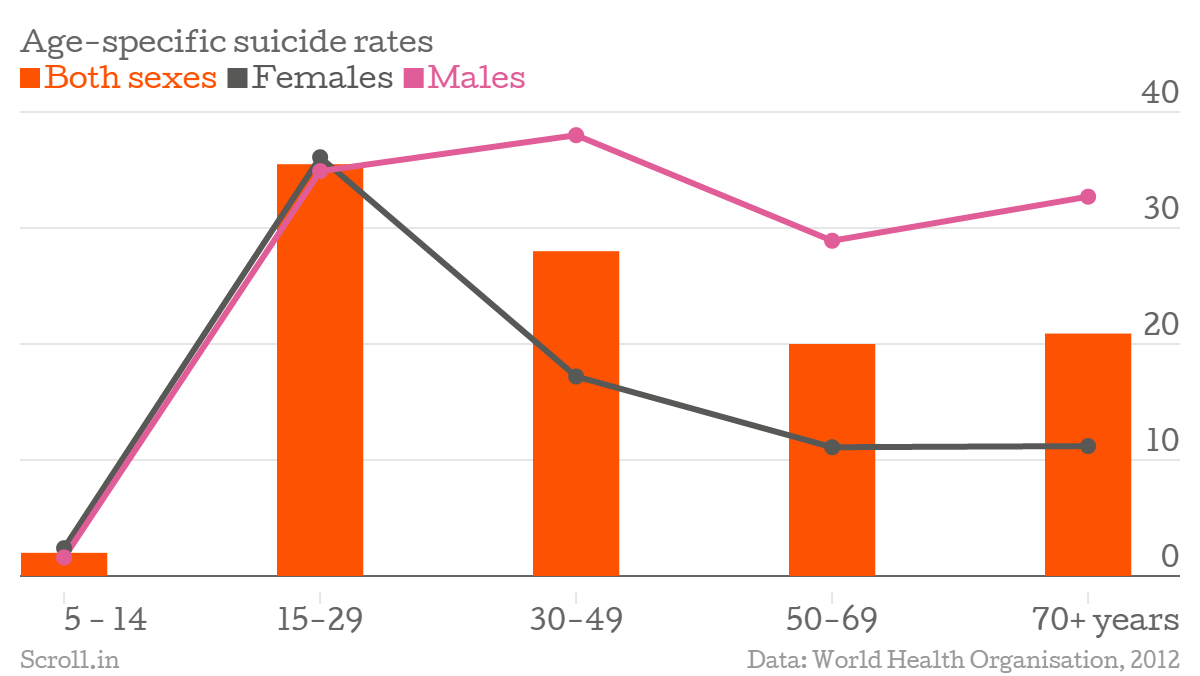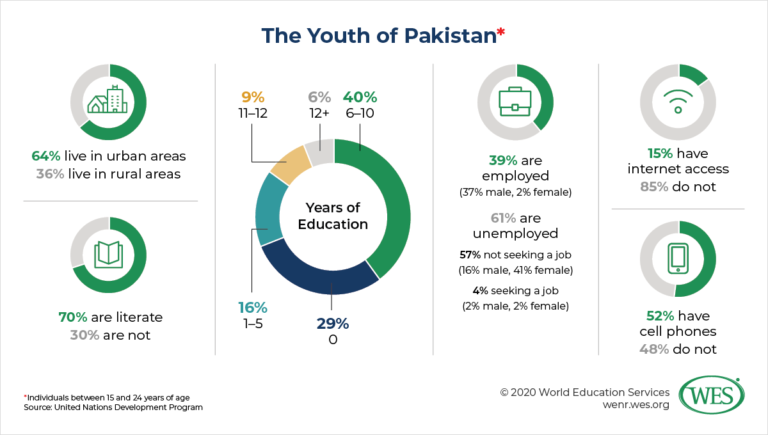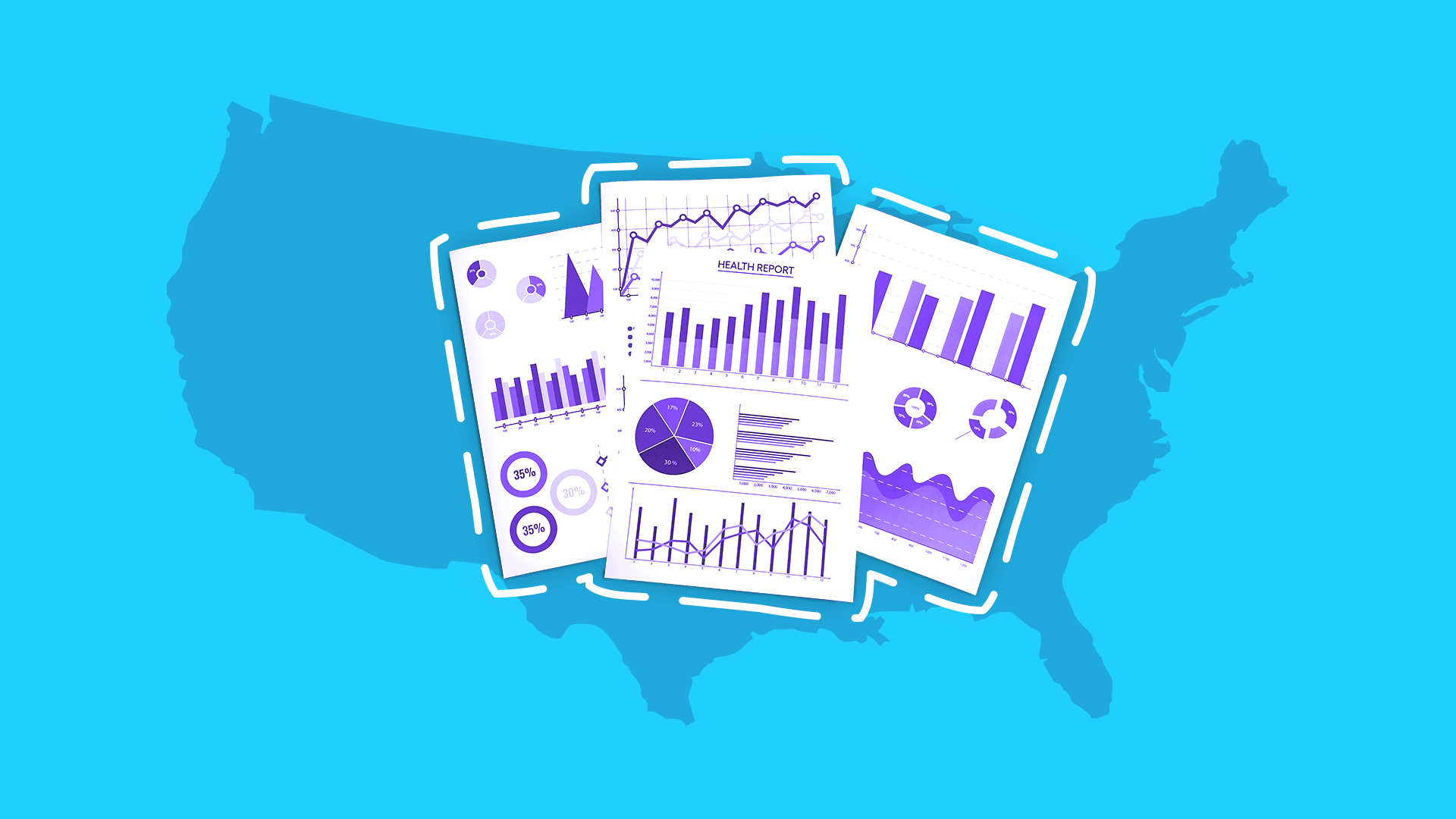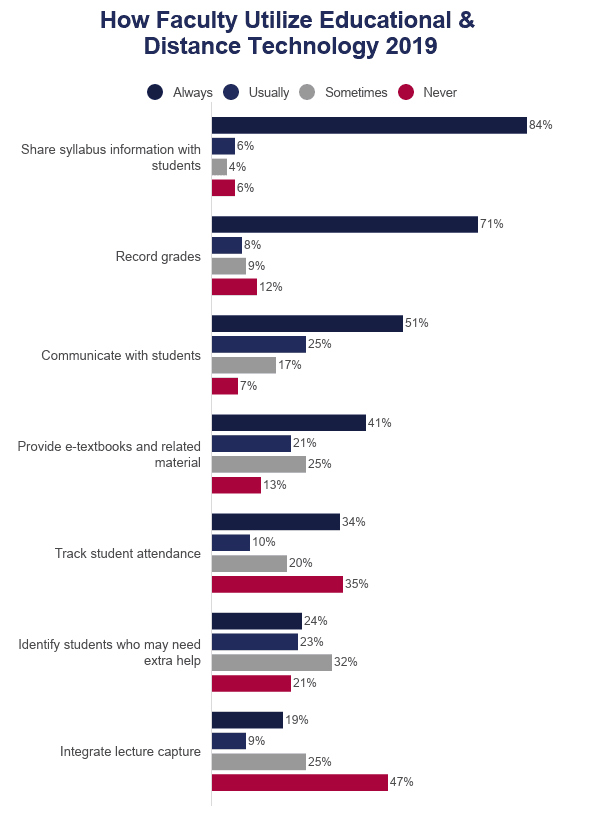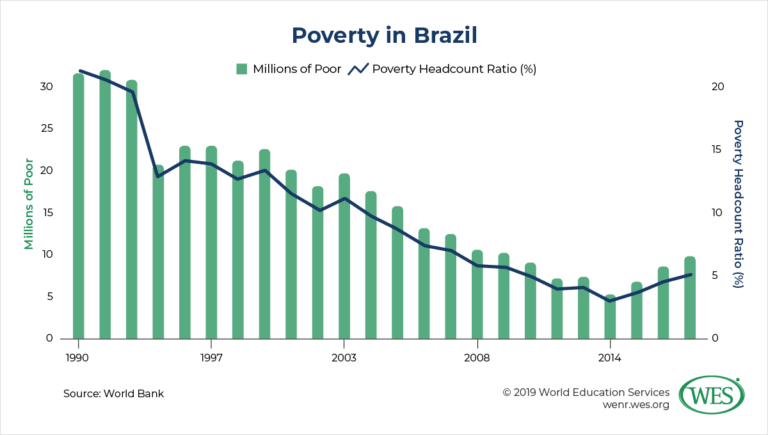Applying early decision brings a greater statistical chance of being accepted, possibly doubling or tripling the chances of an acceptance letter. In 2009, the average early acceptance rate according to one estimate was 15 percentage points greater than regular decision applicants. There is less agreement, however, whether it will help a borderline student win acceptance to a competitive college.
It is easy to say "plan ahead", but there is a lot of advantage in knowing what school and program you would like to attend in the future. If you are certain about which school you want to enroll in, it might be wise to apply through the Early Action/Early Decision program. This way, your deadline for application is earlier, but so is your response date. To utilize this opportunity, you must research your school of choice and determine whether you are a good fit for the program to which you're applying. Early Action programs give you an early answer as to where you stand in the admissions process. According to most recent data, Cornell's acceptance rates for their early decision program is 22.7%!
UPenn's early decision program admitted 18% of early applicants! If the colleges are not willing to be a part of the solution, students can be the change-makers by being more selective about where they choose to apply. If that occurs, applicant pools will shrink, acceptance rates will increase — and students will begin to reclaim the college admissions process as one of acceptance instead of rejection. Legatt, who worked in admissions at Wharton before founding her company, explains that when the most competitive colleges made test scores optional, "More applicants figured, 'They're not going to look at this 1300. I can do it,' where they would have disqualified themselves in previous years." (Harvard's early-decision applications spiked by 57 percent.) For top-tier colleges, that's a feature, not a bug. "A lot of elite institutions encourage lots of people to apply, accept a small number, and keep their acceptance rate low for prestige," Fiorentino says.
Test-optional policies pushed Ivy League acceptance rates to historic lows, which only makes the schools seem more elusive and exclusive, which only makes more families want in. When admitted as an early decision applicant, with no other acceptances in hand, a student's bargaining position is weaker because the student cannot compare offers from different colleges. Several reports confirm that early decision applicants tend to come from wealthier families. A contrasting view is that by applying earlier in the year, the accepted ED students have "first crack at the money," particularly at competitive schools without large endowments. Universities with very large endowments may be unique in their ability to provide aid equally generously to students regardless of their application plan. Admission StandardsEliteApplicant CompetitionExtremeHow hard is it to get into Penn and can I get accepted?
The school has a 8% acceptance rate ranking it #1 in Pennsylvania for lowest rate of acceptance. Last year, 3,740 out of 44,491 applicants were admitted making Penn an extremely competitive school to get into with a very low chance of acceptance – even for applicants with the highest scores and grades. Academically, it has exceptionally high requirements for admission test scores, generally admitting students who score in the top 4 percent. University of Pennsylvania typically accepts and attracts "A-" average high school students. With over half of admitted students enrolling, acceptance by University of Pennsylvania is a prized outcome for many students. Most incoming freshmen graduated in the top ten percent of their high school class.
Breaking all previous records in all notable categories in terms of numbers and percentages , a total of 1,894 students were admitted to Princeton University for the Class of 2020. Out of an applicant pool of 29,303 candidates, this yielded a 6.5% admit rate. In the Regular Decision round, Princeton received 25,074 applications and accepted 1,177 candidates, marking a 4.7% admit rate. And in the Single Choice Early Action round, Princeton received 4,229 applications and accepted 785 applicants, marking an 18.6% acceptance rate. Also of note, the expected size of Princeton's Class of 2020 is 1,308. The University of Pennsylvania, which ranks among the20 most selective universities in the country, has a highly competitive admissions pool with a low acceptance rate and high average SAT/ACT scores.
However, Penn has a holistic admissions process involving other factors beyond your grades and test scores. A strong application essay, supplemental essay, and glowing letters of recommendation can strengthen your application, as can participation in meaningful extracurricular activities and a rigorous course schedule. Students with particularly compelling stories or achievements can still receive serious consideration even if their test scores are outside of Penn's average range.
In Cornell's Early Decision round, 4,882 students applied and 1,340 were offered admission, leading to an admit rate of 27.4%. Another 23.6% of applicants were deferred into the Regular Decision pool. With an expected class size of 3,275 freshmen (85 more students than for the Class of 2019 – whoot, whoot!), students admitted in the Early Decision round to Cornell University filled the class by 40.9 percent. So only 59.1% of the class was still open come the time those Regular Decision applicants submitted their applications at the top of 2016. In the Early Decision round, a record-breaking 1,927 students applied and 494 were accepted at an acceptance rate of 25.6%. Note this is a recurring theme for us when we write about Ivy League admissions statistics.
With a targeted class of 1,120, Dartmouth's admitted students in the Early Decision round filled the class by 44.1%. So only 55.9% of the class was still open when those Regular Decision applicants even applied. In the Early Decision round, 3,030 candidates (the second largest Early Decision applicant pool in Brown's history) applied to Brown and 669 earned admission. Another 1,905 students were deferred by the university and 456 were denied. You bet and it doesn't take a Ph.D. in mathematics to come to this conclusion. Of the students deferred, about 7% were accepted in the Regular Decision cycle.
We always say that, across the board of highly selective colleges, deferred students have about a 10% chance of getting in. The test has been fiddled with over the decades, but along with its rival, the ACT, it became the backbone of college admissions — at least, until COVID wreaked havoc on the process. For the fall 2021 admissions cycle, only 44 percent of Common Application filers included SAT or ACT scores, down from 77 percent the year before.
The catch is that early decision programs restrict your applications to other universities, i.e. you're allowed to apply through the early decision program to one school only. Early decision applicants are contractually bound to attend the school if offered admission. This is to ensure that you make a commitment to a first-choice school and if admitted, you will definitely enroll and withdraw all your other applications that you submitted. This would effectively mean that the early boost, and Tulane's actual selectivity, is not what it seems. Cornell does not announce decisions until Dec. 17 but has previously said it would not announce acceptance rates while admissions are ongoing.
Upenn 2020 Acceptance Rate Cornell does, however, report detailed undergraduate admissions data including the number of students who applied, were admitted, and matriculated through each admissions cycle. A whopping 56,333 applications were received by Penn for the Class of 2025, the largest applicant pool to date; only 3,202 individuals were accepted. Working out to 5.68% acceptance rate, this was the most selective year in the university's lengthy history. Applicants for the Classes of 2016 and 2017 saw admit rates in excess of 12%; the Class of 2018 is when the school's admit rate first dipped below 10%.
The two years prior to the Class of 2025 cycle, 8.07% and 7.4% were accepted. In a college admissions cycle marked by unusual circumstances, students can expect that colleges will get creative when it comes to admitting the first members of the class of 2026. For example, last year, Tulane University released early decisions almost a month ahead of schedule, and in those acceptances, a number of students were admitted to the spring 2022 term.
While those students were not obligated to attend like those who applied ED and were admitted for fall 2021, their decision was final and they wouldn't be able to switch their enrollment to the fall 2021 term. This is one sign that colleges might be approaching the decision and enrollment process a little differently in order to manage their yield . Some colleges take a significantly higher percentage of applicants who apply using an early program, while other take only a handful more. Keep in mind, though, that early decision is an option you should only use after a great deal of consideration.
Early decision typically gives your application a generous boost toward acceptance, but it is a binding agreement (meaning that if you are accepted, you're bound to accept the school's offer). Ivy League undergraduate admissions are difficult to assess because each school claims to take a holistic approach to reviewing students' applications. A holistic application review considers a broad range of student's accomplishments and circumstances. This allows admissions committees to consider your candidacy as a whole, rather than focusing on only one component of your application.
A good example of this theory is the elimination of GPA stats for Brown's applicants. The college announced that it does not calculate its students' GPA and relies on other criteria for evaluation, such as students' coursework, course performance reports and letters of recommendation. As you might have noticed, the majority of the Ivy League schools do not have specific GPA or standardized test score requirements – all of this is meant to demonstrate that no ONE application component outweighs the other.
Early decision is a binding decision, meaning that students must withdraw applications to other schools if accepted. It is not legally binding, but there is a commitment involved with penalties for withdrawing for spurious reasons. Advisers suggest that this method is only for students who are absolutely certain about wanting to attend a specific school. If financial aid is a concern or if a family is "shopping for the best deal", then it is usually advised to apply early action or regular decision instead. The one stipulated situation under which a student may back out of the agreement is if the financial aid offer is insufficient.
In addition, the jilted college may contact other colleges about the withdrawal, and the other colleges would likely revoke their offers of acceptance as well. In recent years, there has been a marked trend in the number of ED applicants, and in the proportion of the class being admitted via the ED process. We should focus on preventing another record-breaking application year from happening. The demands of applying to more colleges take time away from students' schoolwork and nonacademic responsibilities, while the added stress affects their mental health and well-being. The advantage of applying Early Decision is that acceptance rates for ED applications are sometimes two to three times higher than the Regular Decision admission rates at the same schools. For instance, Northwestern's overall acceptance rate is only 9%, but its early decision rate is closer to 25%.
Johns Hopkins University's jump is even bigger, from 9% to 31%. And the early decision rates at schools like Washington University in St. Louis, Emory University, and Tufts University are all multiple times the regular decision admission rate. Admissions office received a record 7,939 applications in the early action round — an increase of 38% over last year. 837 students were admitted to Yale via its early action round. 50% of students who applied through the restricted early action option were deferred. Records are shattering at Ben Franklin's school, too, with lots and lots of applications and lower and lower acceptance rates.
A total of 38,918 students applied for admission to the University of Pennsylvania's Class of 2020 and 3,661 earned admission, marking an overall acceptance rate of 9.4%. For the Class of 2019 at UPenn, 37,267 students applied and 3,697 were accepted, marking an admit rate of 9.9%. So it dropped by half a percentage this year — that's significant indeed. For Columbia's Class of 2020, including both Columbia College and The Fu Foundation School of Engineering and Applied Science, a total of 2,193 students were admitted out of an applicant pool of 36,292. This led to a a 6.0% acceptance rate, marking the lowest acceptance rate in Columbia's history, a history that includes Lou Gehrig and President Dwight D. Eisenhower. "I like Ike." In the Regular Decision round at Columbia, 32,772 students applied and 1,572 earned admission.
So, to recap, the overall admission rate to Columbia was 6.0% but there was only a 4.8% admission rate in the Regular Decision round. So is it tough to get into Columbia in the Regular Decision round? Some 45 percent of admitted students who are US citizens or permanent residents self-identified as minorities. First-generation college students make up 12 percent of the admitted class.
Swarthmore College also waived its requirement and 47% of applicants didn't submit scores. The college admitted 1,014 students, or 7.8% of applicants, making this year its most selective. Its admitted students come from six continents, 86 nations, and the 50 states, and 30% are first-generation students, the college said. Some colleges offer early admission plans known as Early Decision or Early Action , and some offer both. Others accept applications in a relatively long window known as rolling admission. Early action is not binding, so a student admitted to a school early action could choose not to enroll in that school.
Furthermore, ED programs require applicants to file only one ED application, while, depending on the institution, EA programs may be restrictive or non-restrictive and allow candidates to apply to more than one institution. 15,036 students applied in the EA round — a tremendous 62% from last year's early action period! This prestigious STEM-focused college offered admission to 719 students. This is approximately the same as the number of students admitted in the early round last year. However, due to the incredible increase in application numbers, the acceptance rate went down from 7.4% to a brutal 4.8%. In last year's regular admissions cycle, Princeton admitted a record-low 1,498 students out of 37,601 applicants for an acceptance rate of 3.98 percent — a steep drop from the 5.6 percent acceptance rate for the Class of 2024.
An additional 149 students had deferred admission or were admitted off the waitlist for a total acceptance rate of 4.38 percent. As a result, many students may have much longer college lists this year compared to previous admissions cycles, which may have contributed to the significant increase in applications. Due to higher rates of deferral than usual for the Class of 2024, many applicants are wondering how this will affect admissions for the Class of 2025.
For example, 20% of this year's freshmen deferred enrollment at Harvard, and Penn and Yale also reported record high gap years for the Class of 2024. Jeffrey Selingo, a former editor of The Chronicle of Higher Education, predicts that colleges will actually accept more students from the Class of 2025 and accept more transfer students to the Class of 2024, if possible. He points to the fact that college budgets have suffered during this time and schools need the tuition revenue.
The resultant lack of test scores is what Shawn Abbott cites as the impetus for Temple's admissions team to consider applicants in a different way. "In the absence of the SAT, we had to look at other components and data," he explains. "What should we reward instead of those scores when it came to admissions and financial aid? " As such considerations assumed new importance, Temple's suddenly homebound admissions officers, with the help of Zoom, could offer one-on-one information sessions to students who might not have been able to meet with them in person. Although Cornell University has the highest acceptance rates of all Ivy League schools, this does not mean that it's an easy school to get into.
To be a competitive applicant for any of these eight prestigious institutions, you cannot slack off when it comes to your applications. Start planning your acceptance strategies early, which means studying hard at school and planning ahead for your standardized tests. If you have not been involved in an extracurricular activity since childhood, plan to seriously commit to an activity as early as you can.
Choose something you love to do as this will be evident in your application components. Most importantly, do not choose to go to an Ivy League school for appearances. Choose a program you actually want to attend and graduate from, rather than a program that will look good on your CV. Prestige and social status do not necessarily translate into better educational fit for you.
Choose happiness and invest in your education in a school you truly want to attend. Now, if all schools consider these factors important in their admissions processes, consider how uncompromising Ivy League schools will be in their applicant choices. Due to the highly selective admissions process of these schools, they put a lot more value in all these factors. They place more emphasis on grades and college prep courses; they pay more attention to your essay and writing sample; and they will certainly take a closer look at your recommendation letters, as well as your extracurriculars.
You must not give admissions committees any reason to cut you out of the applicant pool. Although this school does not officially report its students' average GPA, any applicant wishing to attend Brown must have outstanding secondary school transcripts. Brown has made standardized tests submission optional for its applicants.



